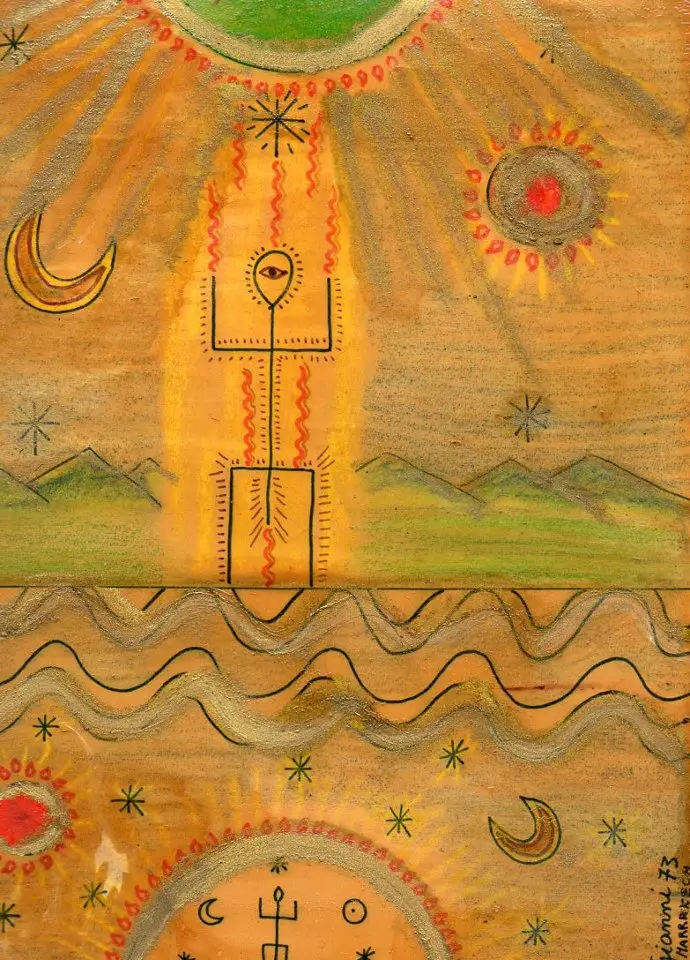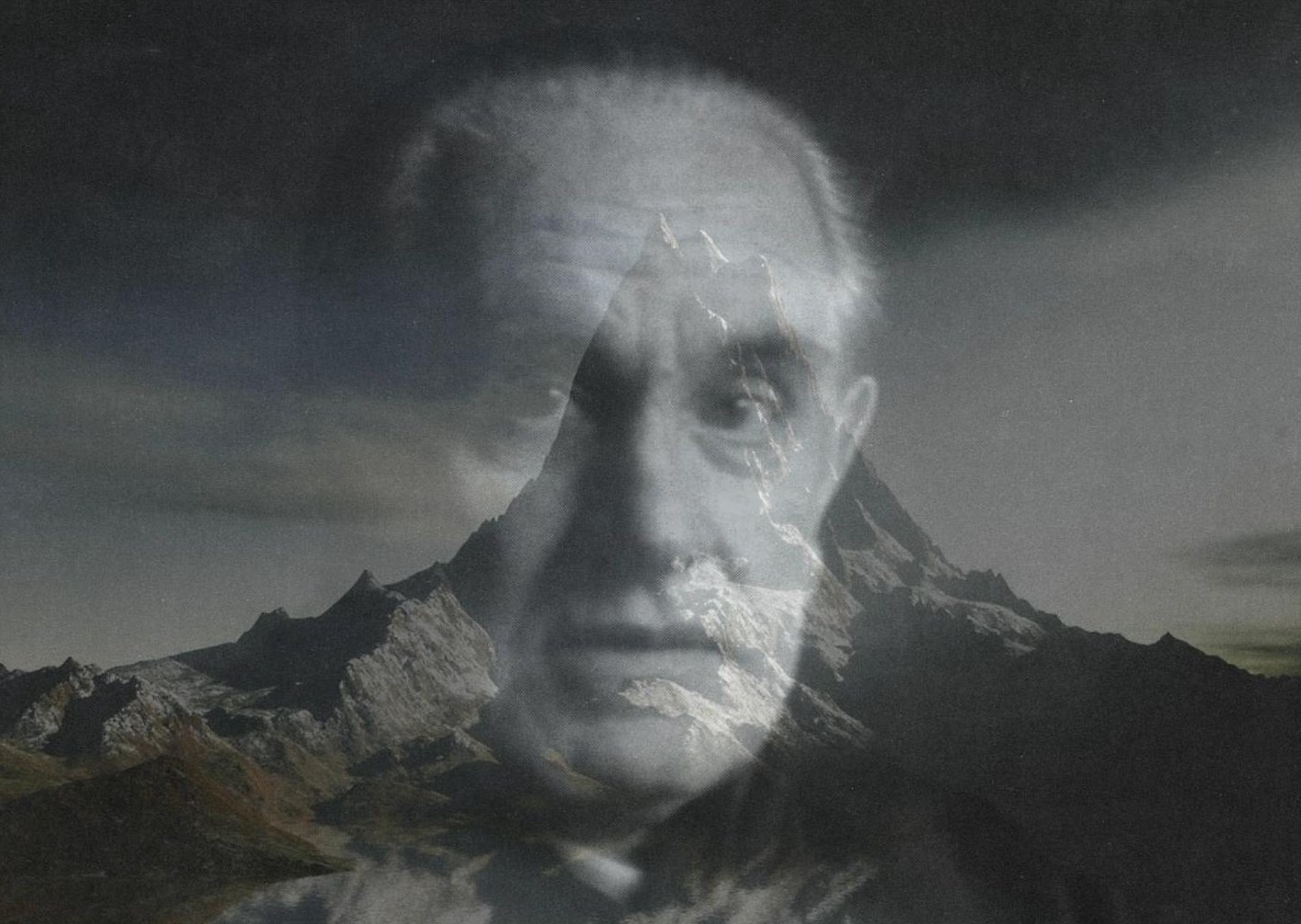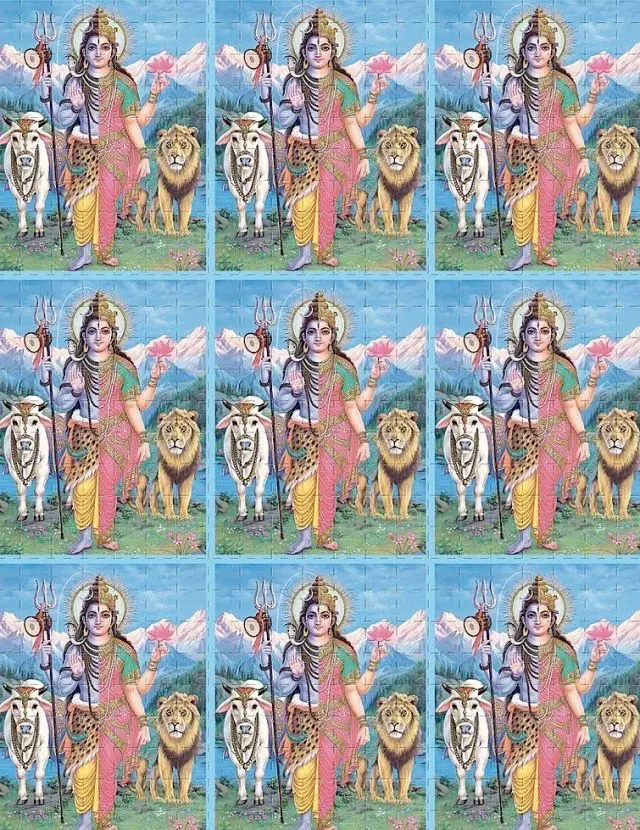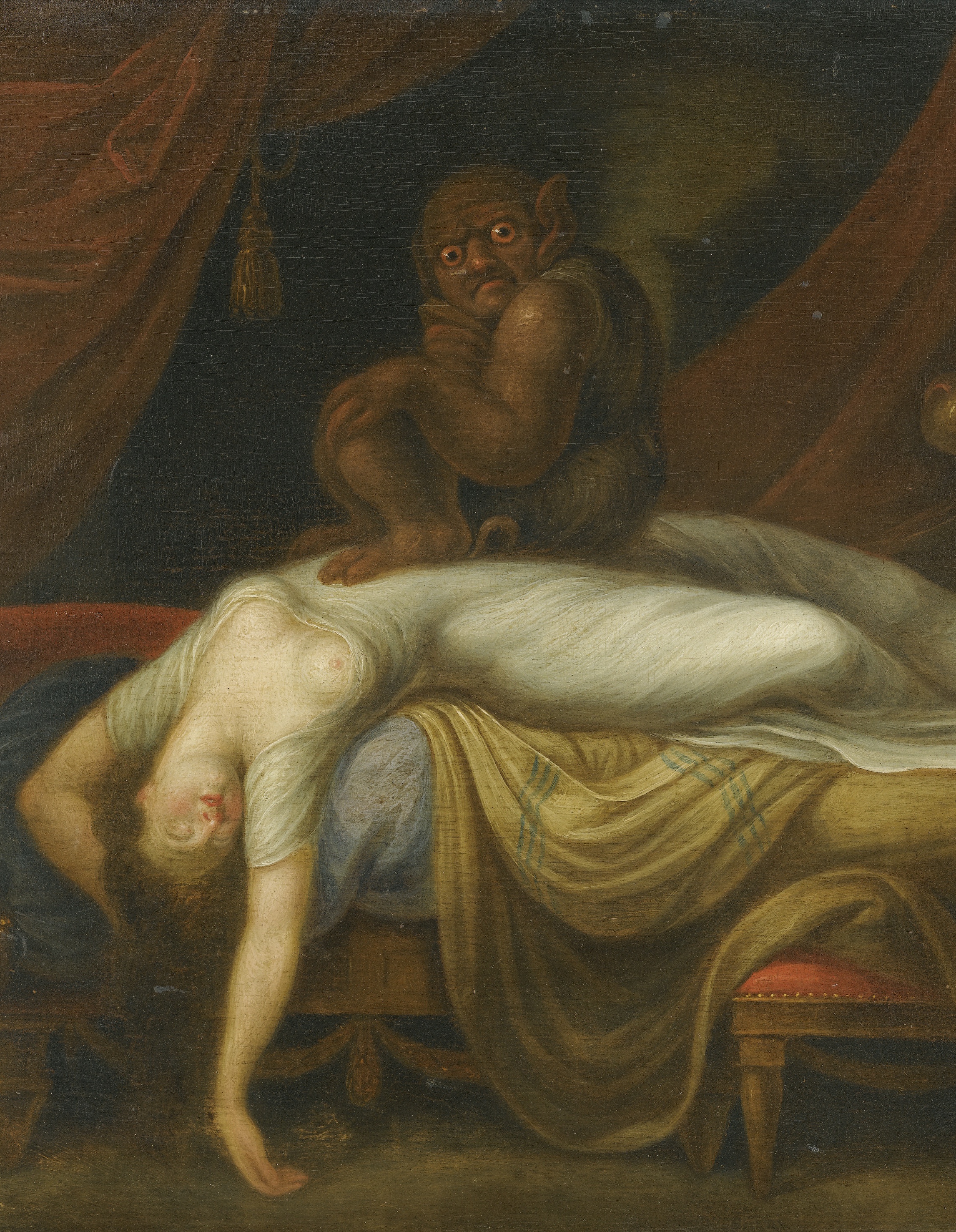Tag: Drug
Joyful apocalypse: news from Tangier in the Cosmos
The watchword of the Sixties was "to broaden the area of consciousness". The acute, poetic and relentless gaze of Gianni De Martino, one of the founders of “Mondo beat”, considered one of the leaders of the psychedelic movement and author of the recent “I want to see God in the face. Fragments of the first counterculture ”, reveals the ecstatic and visionary universe, between illumination and dazzle, of the first psychonauts and the encounter with the fairy tale through nihilism at the time of love-ins in Tangier and on the beaches of Mogador.
Towards “TimeWave Zero”: Psychedelia and Eschatology in Terence McKenna
In addition to being one of the "prophets" of the psychedelic Counterculture of the second half of the last century, Terence McKenna was able to build, in the course of thirty years of studies and experiments, a real eschatological system for the Third Millennium, in view of final explosion, based on the recovery of shamanic practices, on a new interpretation of the Sacred as "Mysterium Tremendum" and on the vision, beyond the ordinary dichotomy between life and death, of what he called an "Ecology of Souls".
The lonely path of cinnabar
"Misunderstood by friends and enemies, he fought alone against the modern world": this obituary to Julius Evola highlights the 'Promethean-Luciferian' daimon that accompanied him throughout his entire earthly journey, making him a unique thinker in the panorama of ' 900, as clearly emerges from his most autobiographical work, "The journey of the cinnabar", recently reprinted by Edizioni Mediterranee.
From the shaman to the raver: electronic music between primitivism and ecstasy
An anthropological reflection on the collective enjoyment of electronic music and on the phenomenon of "raves": from the ritualistic tribalism of the group to the "invasion", from the "death of the ego" to the ecstatic possibility.
The phenomenon of sleep paralysis: folkloric interpretations and recent hypotheses
di Marco Maculotti
cover: Johann Heinrich Füssli, Nightmare
Sleep paralysis, also called hypnagogic hallucination, is a sleep disorder in which, between sleep and wakefulness (therefore in the moment before falling asleep or in the instant before waking up) one suddenly finds himself unable to move. Most of the time, according to what those who suffer from this disorder say, the paralysis begins with a tingling sensation that goes through the body, reaching the head, inside which the subject feels a kind of hum "like a swarm of bees ”or a sound similar to that of a washing machine or a“ thumping and screeching of metal objects ”. Often the victim of this experience tries to scream for help, managing at best to whisper faintly, also experiencing the unpleasant sensation of hearing his own voice suffocated by something abnormal.
Often, if the victim is in bed with someone, the latter cannot notice anything, to the point that often even the most disturbing phenomena (terrifying sounds and noises, incomprehensible voices, sometimes even strange unnatural lights coming from outside) succeed to arouse the attention of those who do not undergo the episode in first person. It can also happen that the succubus (which, if once the name for the mysterious entity causing the phenomenon, is now the term by which medical science refers to the 'victim') hears familiar voices - or, sometimes, even 'demonic' - calling him, or arguing with each other behind the subject's back or, worse still, whispering close to his neck, often from behind, in a disturbing voice.
Science believes that this abnormal state is due to the persistence of the state of atony that the muscles present during sleep and is caused by a discrepancy between the mind and the body: with the consequence that, although the brain is active and conscious and the subject can often see and perceive clearly what surrounds him, despite this the body remains in a state of absolute rest, to the point that any movement is precluded for the duration of the experience. Of course, science denies the reality of the experiences experienced during this mysterious experience, reducing them to mere hallucinations caused by equally mysterious alterations in the subjects' brain balance, which would occur at the exact moment of the transition between wakefulness and sleep — and vice versa.
Cultural diversity and native justice: the "sentencing circle" and the sacred use of peyote among the native peoples of Canada
[Extract from the graduation thesis Recognition of the rights of the Native Peoples of Canada2015]
Following the drafting of the 1982 Constitution and the Canadian Charter of Rights and Freedoms, many academics, lawyers and experts in criminal law and representatives of First Nations they clamored for the implementation of a judicial process more consistent with native values and traditions. The possibility, concerning the creation of an alternative criminal procedure, which takes into consideration the native legal vision and the principles that characterize it, is part of the broader discourse concerning the process towards self-determination and self-government that the native populations of Canada have for some decades now.







